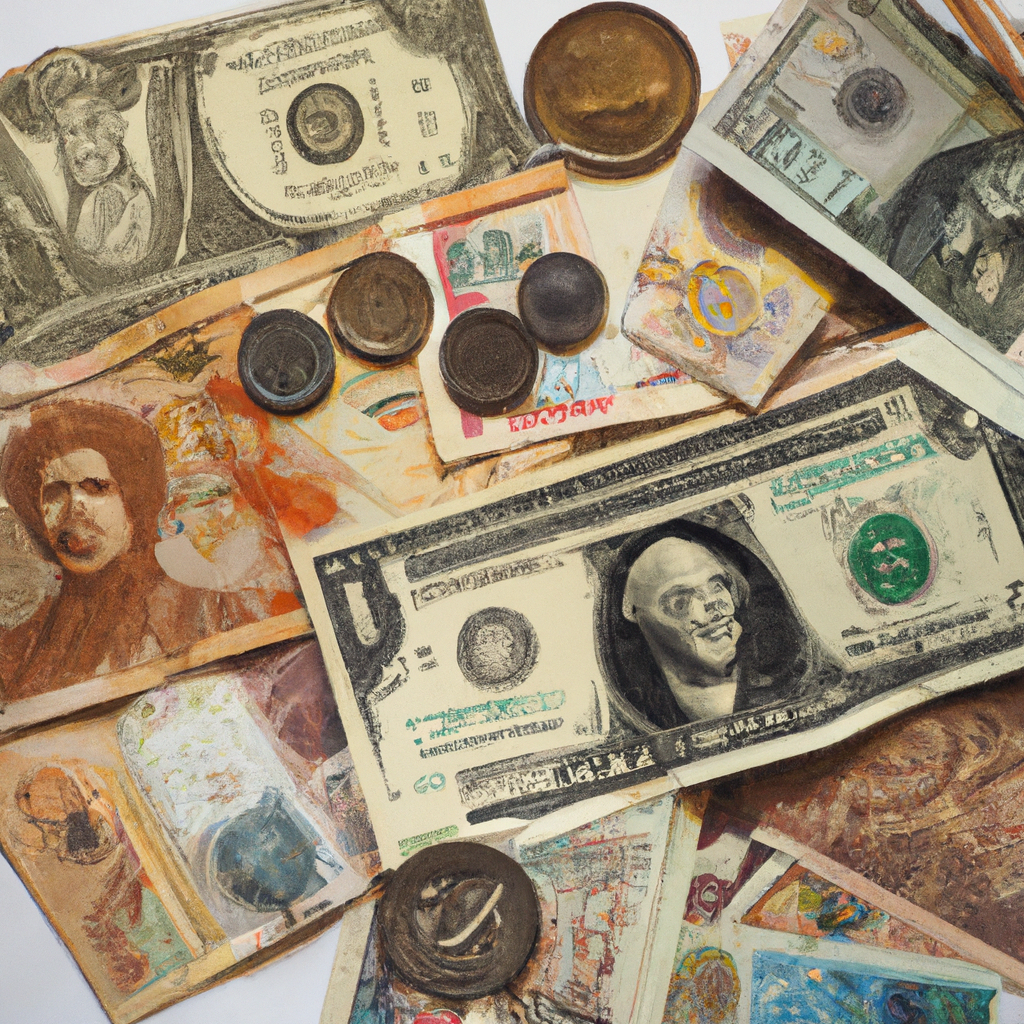How Money Has Evolved: A Journey Through Currency and Exchange
Money, the lifeblood of our modern economy, has come a long way from its humble beginnings. In this article, we’ll take you on a fascinating journey through the evolution of currency and exchange, from simple bartering systems to the complex financial systems we utilize today. Buckle up, grab your wallet, and let’s dive right in!
The Barter System: The Original Trade Game
Long before coins, notes, or digital transactions, people relied on the barter system to acquire what they needed. Picture a time when a farmer, with his abundance of fresh produce, would exchange his goods directly with a hunter for some furs. This direct trade system served as the foundation for early economic transactions.
Unfortunately, the barter system had its limitations. Swapping goods directly was not always convenient, especially when parties had mismatched needs and wants. For example, what if the hunter didn’t want any more produce at that moment? This led to the development of more sophisticated solutions.
Shells, Stones, and Other Early Forms of Money
As societies became more complex, the need for a more standardized medium of exchange emerged. This gave rise to currencies made from materials such as shells, animal teeth, and even large rocks. These early “commodity currencies” allowed for easier transactions by assigning value to specific items that were universally recognized.
These currencies, however, had their fair share of drawbacks. Shells were not easy to carry around in large quantities, and there were limitations to their supply. As ancient economies expanded, these limitations became increasingly apparent, leading to further developments in the world of money.
Coins: A Revolution in Currency
The introduction of metal coins can be considered a landmark moment in the evolution of money. In ancient societies, rulers began to authorize the production of standardized coins made from precious metals like gold and silver. These coins had intrinsic value and were widely accepted, making them an ideal means of exchange.
Coins brought about a revolution in trade and commerce. They were easy to transport, lasted longer than perishable goods, and enabled greater efficiency in economic transactions. The development of coinage made it possible for societies to thrive by fostering trade and specialization.
Paper Money: From Promissory Notes to Cash
Over time, the inconvenience of carrying heavy bags filled with metal coins led to the development of paper money. The use of promissory notes, or IOUs, emerged as a convenient way to trade without the need to physically exchange precious metals. Holding a promissory note meant that the bearer could redeem it for its equivalent value in gold or silver when needed.
As economies grew, the concept of paper money evolved even further. Governments and financial institutions began issuing paper currency backed by the confidence and trust of the people. This led to the widespread acceptance of paper money as a reliable form of exchange and marked the birth of modern cash as we know it.
Digital Currency: The Rise of the Virtual Wallet
In recent years, we’ve witnessed another significant leap in the evolution of money with the rise of digital currency. Today, we can make payments and transactions without physical cash or even credit cards. From mobile payment apps to cryptocurrencies like Bitcoin, the world of money has become increasingly digital.
Cryptocurrencies, in particular, have gained popularity due to their decentralized nature and secure transactional capabilities. While they may not yet be widely accepted in mainstream commerce, the technology behind cryptocurrencies shows great potential for revolutionizing the way we exchange value.
The Future of Money: Where Are We Headed?
The journey of money is far from over. As technology continues to advance, so too will our means of exchange. From contactless payments and biometric authentication to innovations we have yet to imagine, the future promises exciting possibilities.
So, next time you’re making a purchase or checking your bank balance, take a moment to appreciate the long and captivating journey that money has taken throughout history. Our current financial systems are a testament to the ingenuity and creativity of humankind in facilitating the exchange of value.
For a fun and educational video on the evolution of money, check out this YouTube link. Happy learning!
